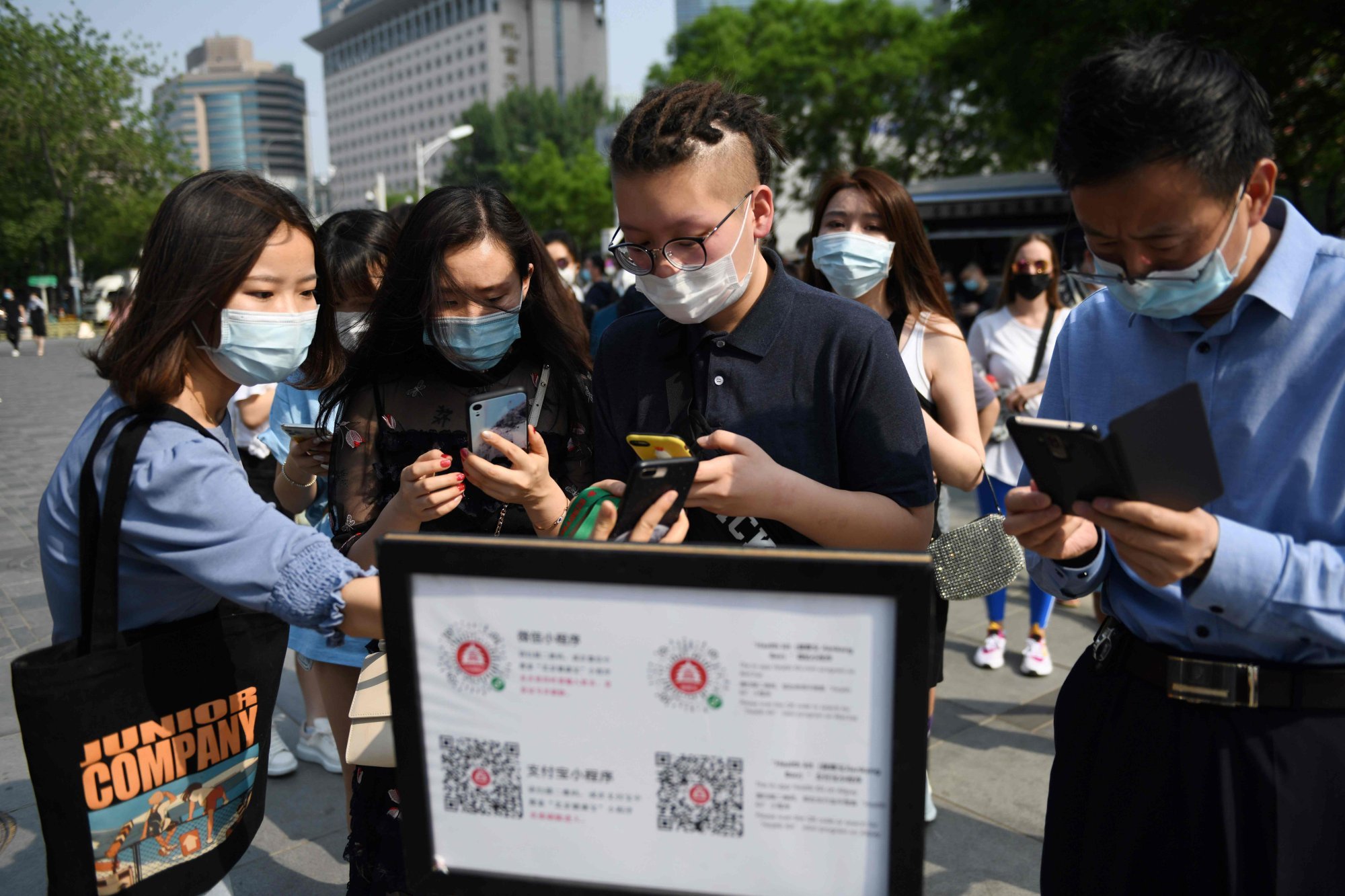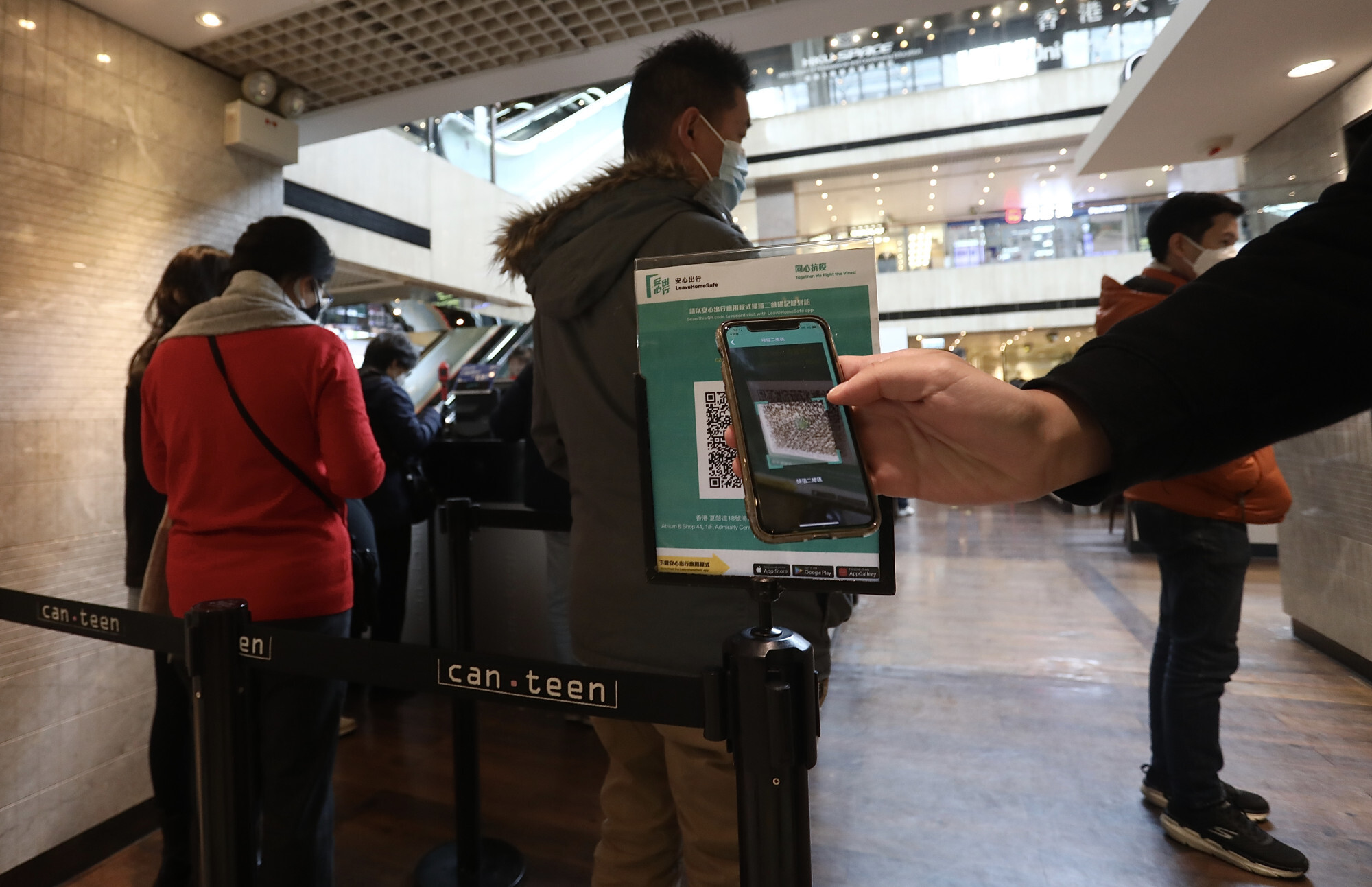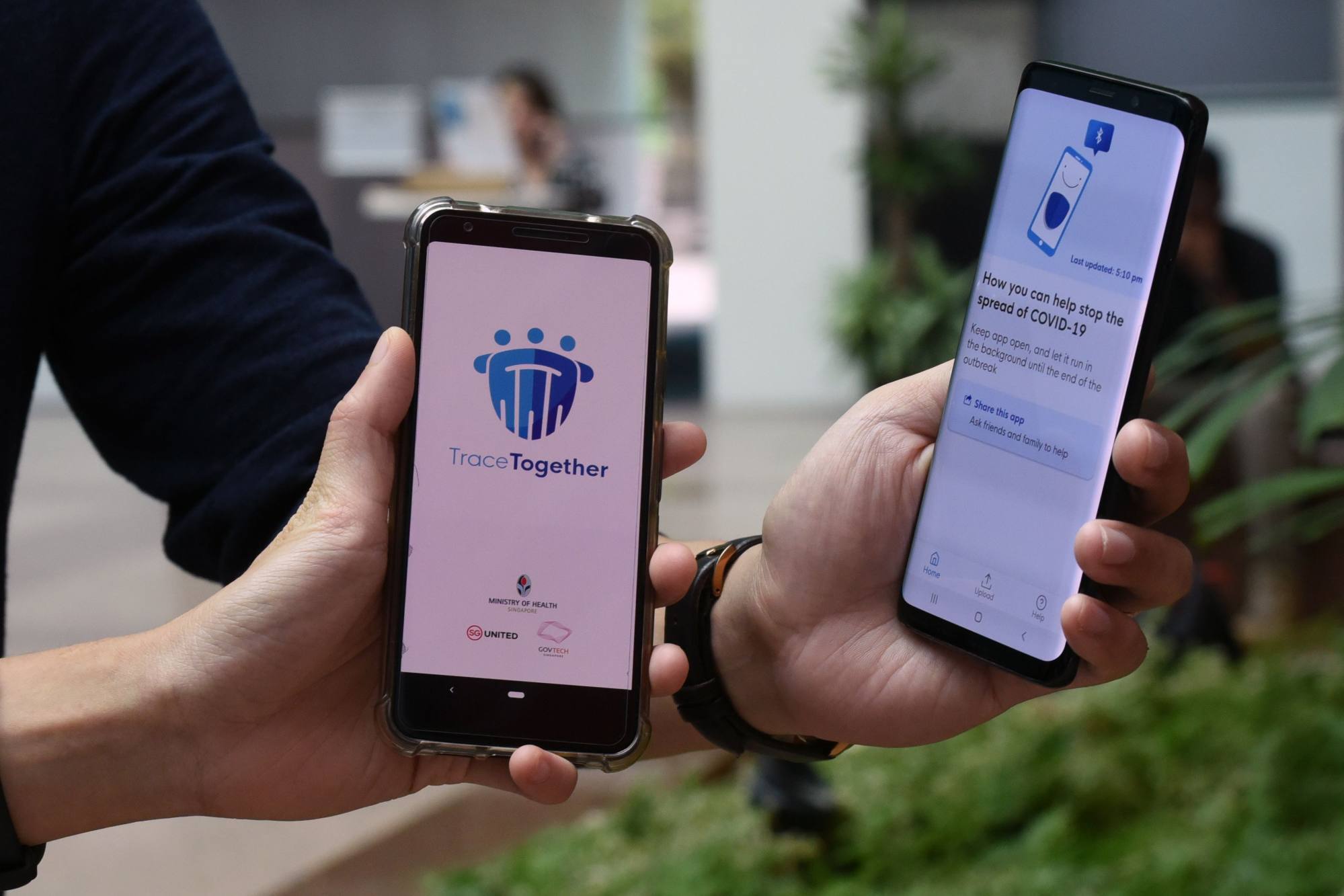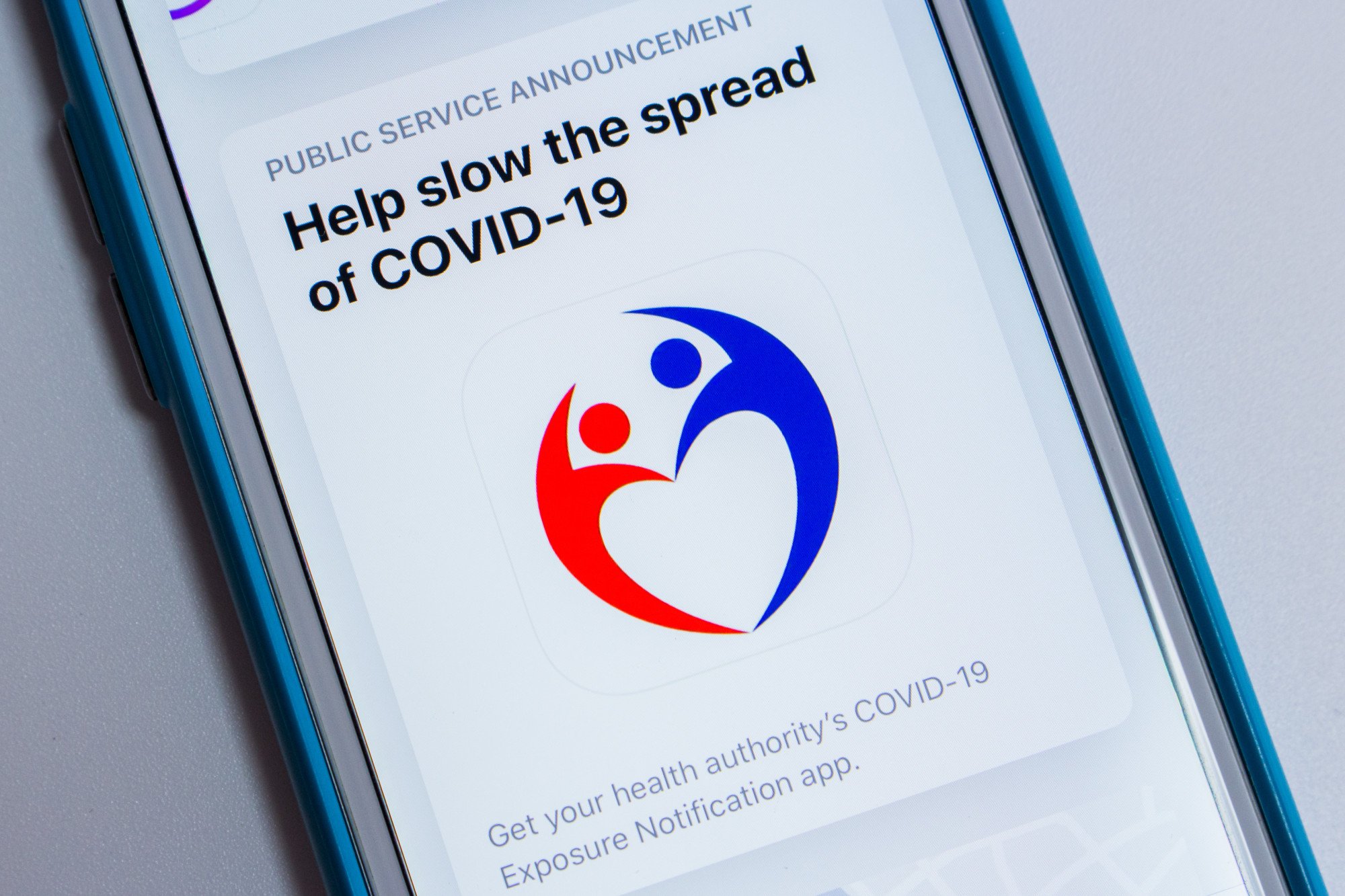
How does Hong Kong’s ‘Leave Home Safe’ stack up against global contact-tracing apps in keeping track of Covid-19 infections?
- Apart from China’s national health code system, must-have apps for travellers include Hong Kong’s ‘Leave Home Safe’, Singapore’s TraceTogether and Japan’s COCOA
- Covid-19 tracking and contact-tracing apps have become essential for many people to safely carry on outside their homes, while observing social-distancing rules
Here is a list of the major Covid-19 tracking systems to help travellers get around.

Mainland China’s national health code system
It is nearly impossible for people in mainland China to travel around without using the government’s colour-coded health app. Green means a person is coronavirus-free, yellow means the user needs to get tested and receive a negative result, and red means a person needs to be placed in quarantine.
Still, privacy remains a concern. “We are always trading our privacy for convenience, right?” said Ruby Ye, a Shanghai resident. “But you don’t really have a choice to not allow them [to access the data]. You have to present the code if you want to get into your office building or take a train.”

Hong Kong’s Leave Home Safe app
The government has assured users that the data is kept in encrypted form on the user’s mobile device. The app, however, currently does not require personal identification verification and does not have a tracking function.

Singapore’s TraceTogether app
The city state introduced its contact-tracing smartphone app, TraceTogether, in March 2020. Over the past two years, nearly everyone living in Singapore has the app installed on their smartphones. It uses Bluetooth short-range wireless technology to trace people at risk of infection. Personal ID is stored in encrypted form on the user’s handset.
The app was under the spotlight last year when the government said police can obtain any data under Singapore’s jurisdiction for the purpose of criminal investigation, including TraceTogether data. Legislation later restricted use of such data to certain serious crimes, such as murder and terrorism. All data will be deleted from the server storing it within three to five working days if a user deregisters from the platform.

Japan’s COCOA app
Japan rolled out its “Contact-Confirming Application”, under the acronym COCOA, in the summer of 2020. Each smartphone with this app generates a random code via Bluetooth and posts exposure notification every 10 to 20 minutes.
The app’s emphasis is privacy. Names, phone numbers or geolocation data collected during its use cannot be seen without the user’s permission by anyone, including government agencies or third parties.
But in February last year, it was reported that a major flaw affected about one-third of users. For more than four months, the app failed to notify Android smartphone users who were at risk of infection.

Malaysia’s MySejahtera app
This government-developed app allows users to perform health self-assessment on themselves and family. It has an automated inquiry that asks, for example, whether a user has a sore throat or is experiencing shortness of breath. In December, the government introduced a new feature that enables close-contact tracing via Bluetooth, similar to those provided by the apps in Singapore and Japan.

Health pass in Europe
Instead of deploying a contact-tracing app, France has implemented since August last year a health pass at places including cafes, train stations, museums and other public venues. A citizen can get the health pass either through full vaccination against Covid-19, proof of recent recovery from the coronavirus, or a negative test result in the previous 24 hours. Italy also has a similar pass.

